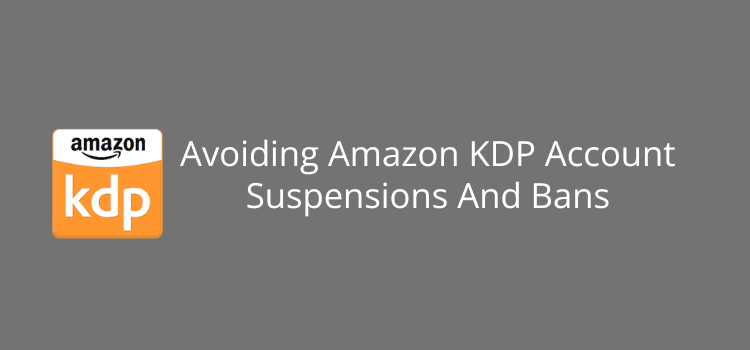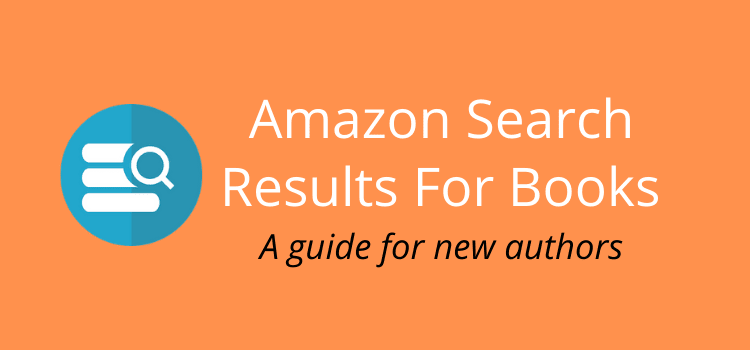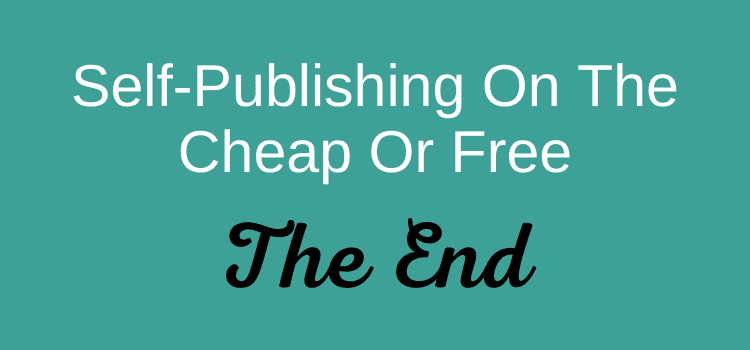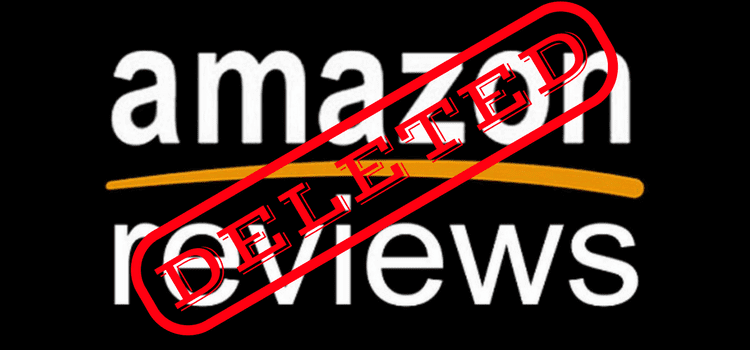
Self-publishing on Amazon is a great way to find readers, but unless you follow the rules, you might be at risk of an account suspension from KDP.
Like any other service, Amazon KDP (Kindle Direct Publishing) has strict terms and conditions of use, but who reads them?
If you skipped reading and ticked the agree button, as most people do, you have accepted the conditions.
For most authors, there is rarely a problem. However, for new authors, especially, unintentionally breaking a rule can lead to serious problems.
What can KDP ban or suspend?
If you receive an email from Amazon KDP informing you of a problem related to your account, ebooks, or books, it can be a nasty surprise.
Because self-publishing with KDP is so quick and easy, you expect everything to work and have your book published within 24 hours.
However, if you haven’t studied the terms and conditions and program and content policies (and who does?), your book may violate any one of many issues.
Amazon KDP reserves the right to take action for a particular book or ebook, or at an account level.
It can refuse to publish your book or ebook, which is the least worst situation. If you understand the reasons why, you can remedy the problem and publish a new version.
However, if it’s an account ban, you are in serious trouble.
In this case, it is usually very difficult, if not impossible, to have your account reinstated.
The best course of action to avoid attracting either of these possible outcomes is to understand the rules.
Yes, terms of service usually make for a long read, and sometimes can be difficult to understand fully.
So, to make it a little easier for you, I’ll cover ten of the main reasons why you can run into problems.
Ten issues Amazon KDP can or will flag as a problem
Many of the points below are obvious, but some are traps for new authors.
It’s impossible to cover every tiny detail that could result in KDP account suspensions or bans.
However, the following ten are usually the prime reasons for encountering publishing problems.
Sometimes you might make a mistake unintentionally, but you still risk receiving an account suspension warning email from KDP.
If you can avoid all of the issues below, you will more than likely be safe and not encounter any problems.
1. Plagiarism or a copyright breach
If you try to publish something that isn’t yours, you are taking the fastest track to being banned.
When you publish copyright-protected material or copy and plagiarize other writers’ works, it’s very easy for KDP to check.
It’s not only books. You are also violating copyright if you copy from blogs or websites to use in your books.
Additionally, be mindful that you can’t self-publish public domain works without adding substantial value.
How to avoid these problems
Only publish original content that is yours and yours alone.
If you want to publish an adaptation of a public domain work, you need to add meaningful and extensive commentary.
You could also possibly add illustrations, but it’s important to format the book and cover to make it unique.
2. Manipulating your book reviews
All new authors want and work hard to attract book reviews on Amazon.
However, some ways of gaining them can cause real issues.
The most obvious one is paying for positive reviews. It can be a difficult one for KDP to trace 100%, but if it catches you, you could be in for big problems.
Another form is offering freebies in exchange for 5-star reviews. Also, doing review swaps with other KDP authors is very easy for KDP to spot.
Asking friends, family, or social media contacts can also raise red flags. It’s easy for Amazon to trace your contacts by IP address or social media connections.
Lastly, using fake profiles for reviews is also against KDP’s rules.
Playing it safe
Yes, it’s often painfully slow, but wait for organic reviews from genuine readers. Never pay for or use any form of incentives to build your reviews.
3. Publishing poor-quality or spam content
Rapid or mass-produced content will eventually see you banned.
Typical examples include publishing almost identical books with only minor changes, or AI-generated books with minimal or no editing.
If a book is full of typos, has broken formatting, or any other factors that make it nearly unreadable, KDP will usually take action.
Best practice
Only publish what you have written, and avoid any spammy or fast-track content.
Edit carefully and thoroughly, and ensure your ebook or book is formatted correctly.
4. Keyword stuffing or deceptive metadata
Your book’s title, subtitle, book description, and keyword fields must accurately describe your book.
Using competitive authors’ names in keywords or adding irrelevant genres or buzzwords to gain visibility can attract a penalty.
How to comply
Stay within the rules and describe your book honestly.
5. Book stuffing for Kindle Unlimited (KU)
Some publishers try to game KU by inflating the page count and giving readers links to skip to the end of an ebook.
This loophole has pretty much been closed by KDP, so trying anything like this will probably get you banned very quickly.
So, don’t pad ebooks with filler content to increase the reading length, or place the real story at the end of the book with a link to click to access it.
How to avoid problems
Give readers good value by publishing your best story. If you want to include bonus content, make it relevant to your book and optional.
6. Duplicate content or multiple accounts
A KDP account is usually for only one individual or business.
It comes with risks if you have multiple accounts without permission from Amazon and try publishing similar content on each one.
Another trap is republishing the same book under different pen names.
Stay out of trouble with one account
If you believe you need more than one account for separate businesses, get permission from KDP support before you start.
7. Suspicious or fraudulent activity
Amazon continuously monitors accounts for behavior that might indicate some form of manipulation or fraud.
These can include sudden or unnatural increases in KU page reads or Kindle ebook downloads.
A ban could be triggered by bots or third-party services aimed at inflating a book’s statistics or page reads.
How to stay safe
Don’t use or pay for any shady book marketing services such as click farms. If you do notice any highly unusual activity, report it to KDP immediately.
8. Incomplete or false tax declaration
If your payment or tax information is inaccurate, your account could be frozen or closed altogether.
Possible issues include submitting invalid tax details or using fake names or pen names as your legal identity.
How to comply
Follow the rules and only submit accurate tax information.
9. Violating content guidelines
Amazon KDP restricts certain types of content if it is offensive, illegal, misleading, or violates other aspects of its content policies.
Examples include erotica that crosses into prohibited themes or misleading nonfiction with fake medical advice or conspiracy content.
Another is for books that impersonate another author or publisher.
How to avoid problems
Review Amazon’s KDP Content Guidelines regularly, especially if you write in sensitive genres.
10. Repeated violations or ignoring warning emails
Amazon won’t always ban you for a first offense, but if it flags your account multiple times, you’re heading for trouble.
Repeatedly publishing books with formatting issues or ignoring quality warning emails from KDP are two examples.
Also, never ignore warnings for takedown requests or content violations.
You can reply to these types of KDP emails, but be polite and don’t enter into an argument that you will never win.
The best approach
Make sure you take any warnings you receive seriously. Always try to fix issues promptly.
But don’t try to republish flagged content hoping it’ll slip through, because it won’t.
Conclusion
I’ve been self-publishing with Amazon KDP for many years and have received my fair share of warning emails.
Usually, these were due to unintentional mistakes and were easily fixed.
By far the most common were violations of the KDP Select conditions, where my ebooks were found to be available on other retailers. I haven’t covered this in my 10-point list, as KDP Select is a separate issue.
But again, it was unintentional and due to some ebook retailers not respecting my request to remove my ebooks.
If you are new to self-publishing, take the time to understand the rules. Doing so will save you from a lot of problems that are mostly easy to avoid.
However, if you do receive a warning email, take action immediately to remedy the issue.
The last thing you want is to lose your account and potential income. Play it safe, follow the rules, and don’t try to trick the system.
Related Reading: The Legal Aspects Of Self-Publishing For New Authors
Share This Article


